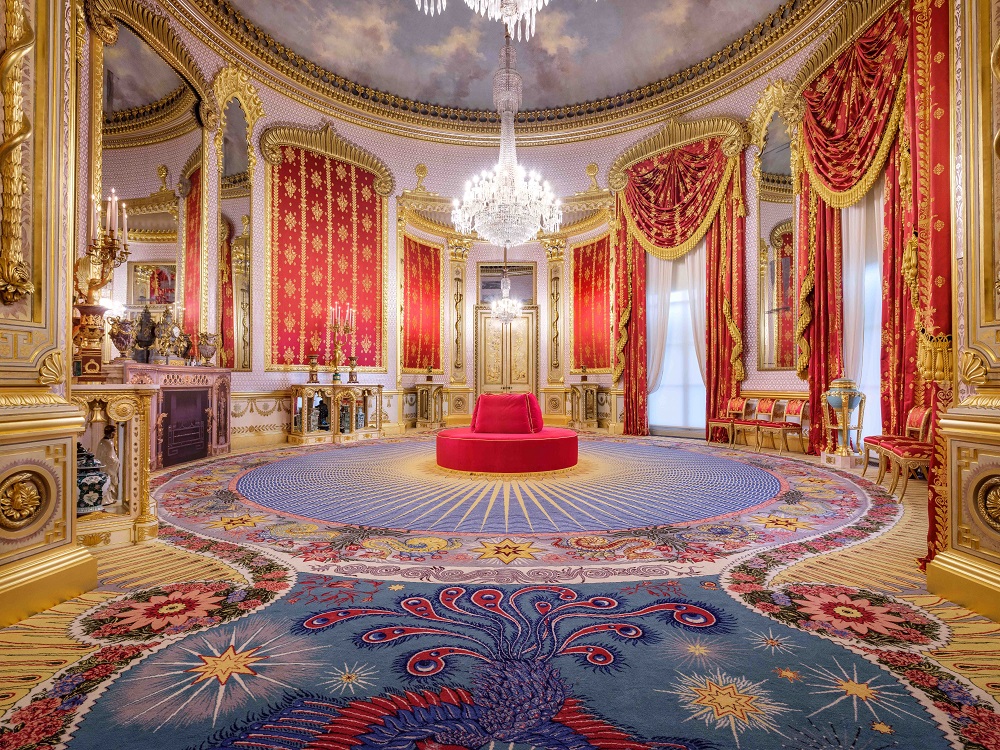
The Pavilion’s extravagant saloon state room opens its doors to the public for the first time in three years tomorrow following a major restoration.
In 1823, King George IV commissioned esteemed designer Robert Jones to create an extravagant principle reception room for his palace by the sea.
Now, thanks to a team of craftsmen, restorers and conservators the room has been brought beautifully back to life and to it’s former regency glory.
In keeping with George’s love for oriental extravagance, the room is awash with gold and crimson and features beautifully restored Indian-inspired decoration, furnishings and elegant lighting, topped with with an evening sky-inspired dome.
The walls’ hand painted platinum leaf motifs have been exactly replicated in a “labour of love” by Conservator Ann Sowden and her team over the last two years.
The red and gold silk drapes were specially woven to the original design, which was tracked down by textiles expert Annabel Westman via a trail of a contemporary watercolour, fabric catalogues, a forgotten photograph and original samples which Queen Victoria had taken from the Pavilion to Windsor when she sold the palace.
Twenty oriental dragons, 100 sun rays and 274 lotus leaves decorate the vibrant carpet under foot, which remains the most lavish carpet ever created by Royal carpet makers Axminster.
David Beevers, keeper of the Royal Pavilion, said: “The room has a beautiful psychedelic splendour, with glorious themes of the sun throughout.
“The resulting design is a triumph – beautiful, vibrant and historically informed and it’s a joy to finally open it’s doors to the public.”
Sun-inspired themes range from the Chinese “Feng Huang” or immortal bird of the sun decorating the carpets, to ornaments such as the Greek sun god Apollo whose golden figure can be seen decorating the mantle piece in the room.
The restoration project, which has cost £390,000, has been made possible thanks to the generous support of private charitable trusts, patrons and members of the Royal Pavilion & Museums, the Royal Pavilion & Museums Foundation and members of the public.
The costs cover materials, research and work carried out by external consultants.








